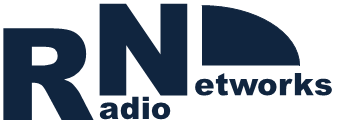The Crash
The Crash
by Roberto Verdone
It was in the early afternoon of an otherwise unremarkable Monday that Apophis 99942 hit the Moon. The asteroid, whose diameter was nearly 320 meters, crashed on the ground close to the South Pole on August 6, 2035, releasing an energy of 2,500 megatons; that was sufficient to destroy in few seconds any human infrastructures built there in the range of 5 Km.
Apophis was known since 2004, when it was observed and classified for the first time in Arizona, and the chances of a collision with the Earth were estimated. After few years, models predicted a passage close to our planet for the year 2029, without any precise formulation of the consequences of such event on the asteroid’s future trajectory. It was only after 2029 that new computations allowed to predict that a Big Crash would have happened in 2035, near the South Pole, on the Moon.
In the meanwhile, we had started populating the Moon in 2027....
